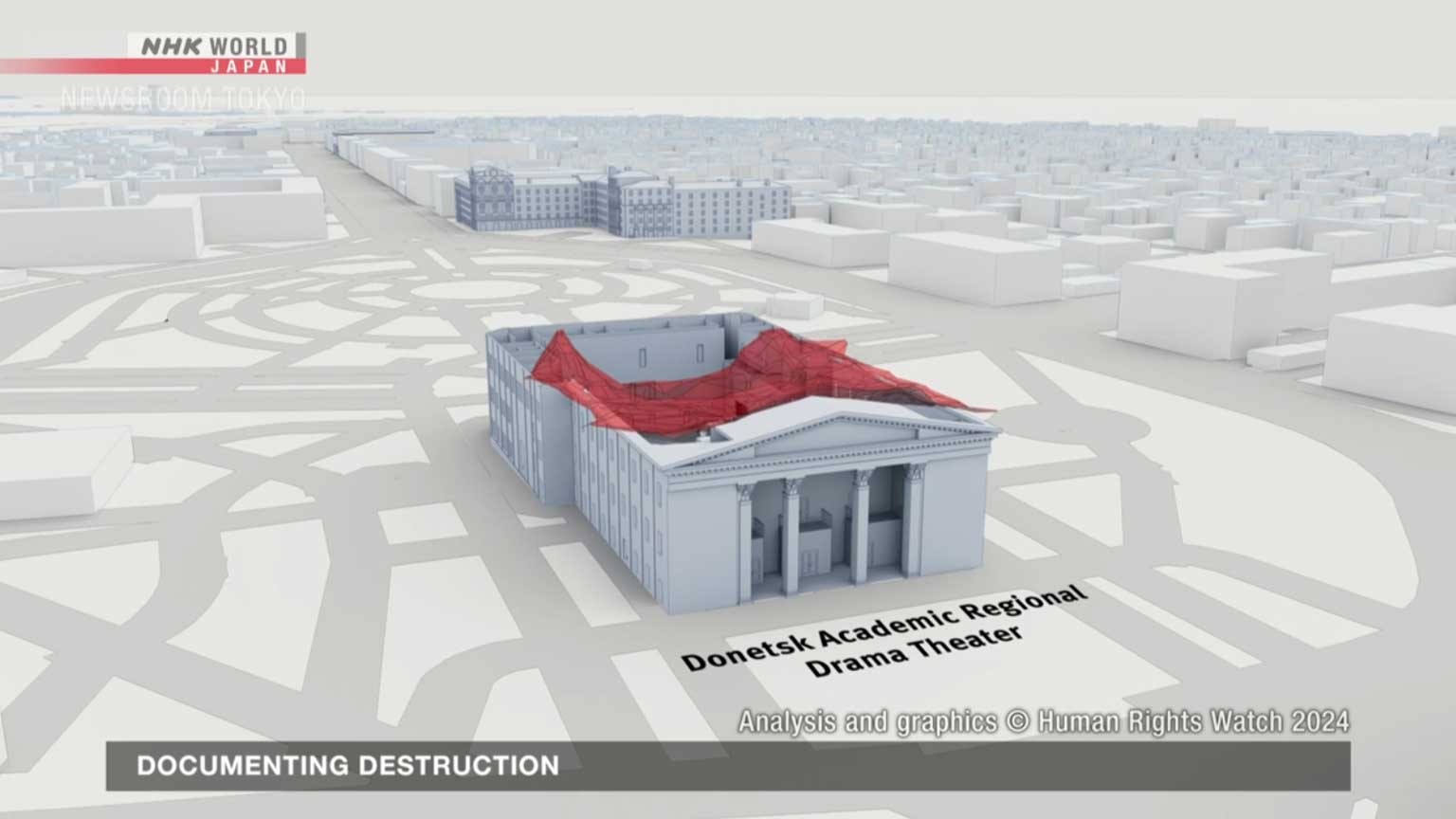Mariupol in eastern Ukraine was once a prosperous port city. Now it lies largely in ruins, ravaged by Russian forces in a major assault that began in February 2022 and ended with its capture three months later. To the outside world, it became a symbol of Russia's relentless military drive, and Ukraine's dogged but flagging resistance.
The city is part of roughly 18 percent of Ukrainian territory that has fallen to Russia, according to American think tank the Institute for the Study of War.
The situation in Mariupol, cut off from the world beyond Russia and its military, remained largely unclear until February, when an in-depth report offered some sobering insights.
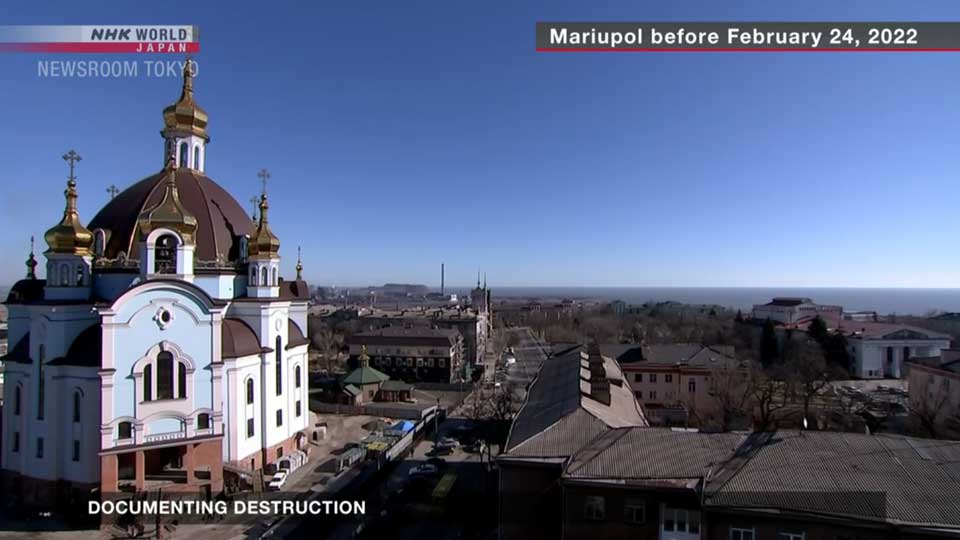
Staff at international NGO Human Rights Watch worked with Ukrainian research group Truth Hounds and visual investigations team SITU Research to compile the report.
Their investigation revealed that since capturing Mariupol, Russia has embarked on a major rebuilding project. For Ukrainian government officials, this is evidence of an attempt to cover up war crimes. They say more than 20,000 Mariupol residents died in the Russian onslaught.
The researchers used satellite imagery, photos and videos of five main cemeteries across the city to conclude that at least 8,034 people died.
"We had the advantage of having digital investigations, open-source investigations that we could conduct in Mariupol," says Sam Dubberley, the director of the Digital Investigations Lab at Human Rights Watch. "We collected hundreds of videos and photographs, which we then verified, and used several hundred in the presentation of this research to really understand what was going on the ground."
Digital reconstruction
The team also used analysis of videos and photos taken by locals to build digital models of the city.
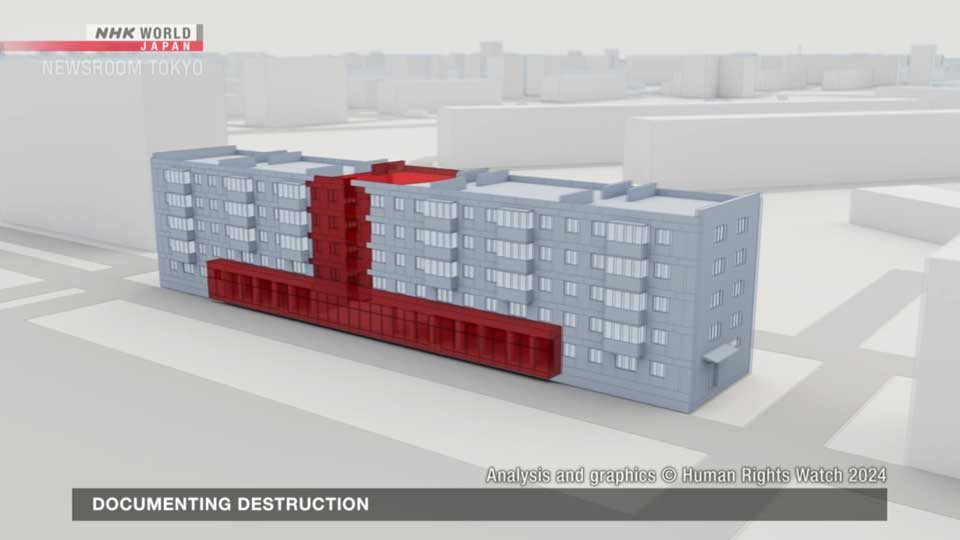
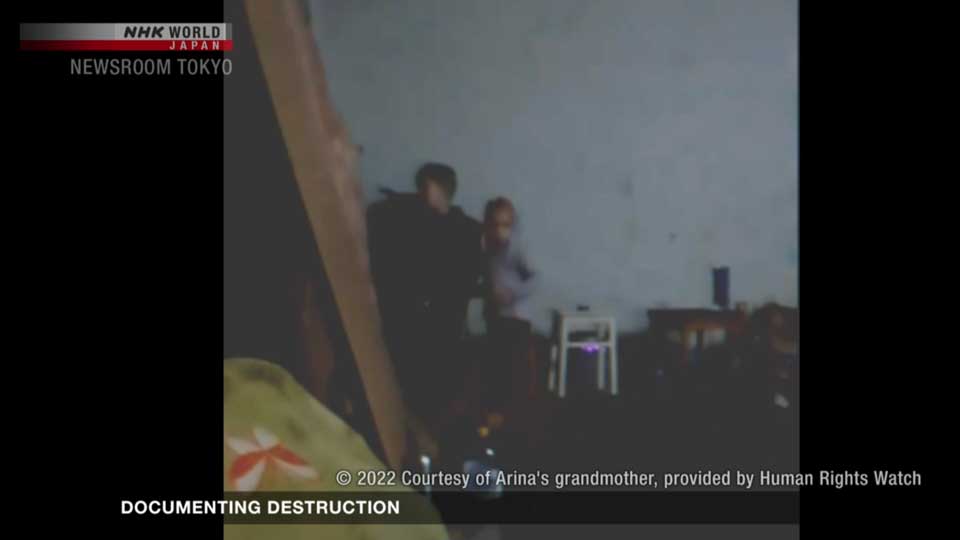
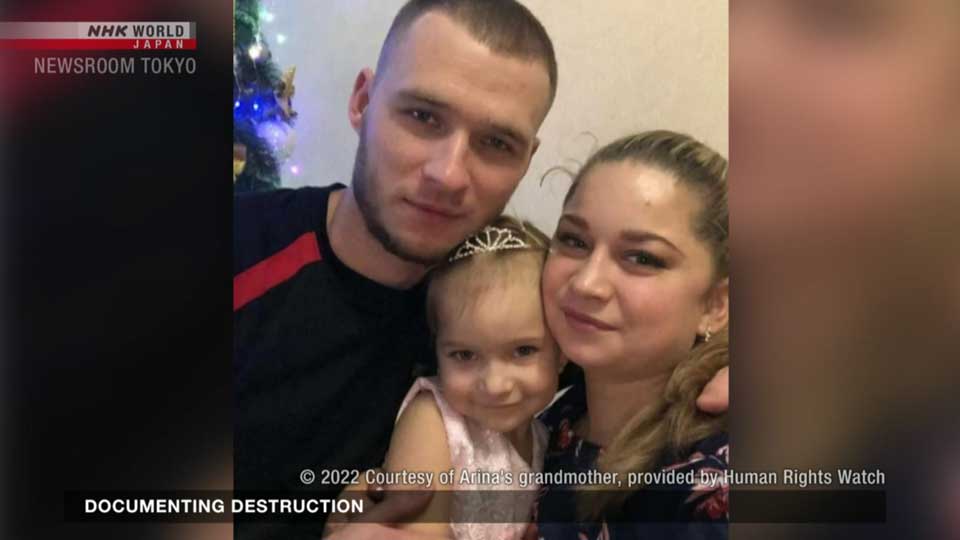
In one case study, the team was able to reconstruct the final moments of 3-year-old Arina Antipenko, who was sheltering in the basement of a residential building on March 11, 2022, when a blast caused the building to collapse. She was one of at least 17 people in the basement who reportedly died.
Arina's grandmother found her body six months later. Her parents are still missing.
"By reconstructing that in 3D, we can show so much more," says Dubberley. "We made a video of a flyover of the downtown area of Mariupol and you know you're seeing every building in red that was damaged or destroyed, and really understanding what that means I think is a very powerful tool for making the general public understand."
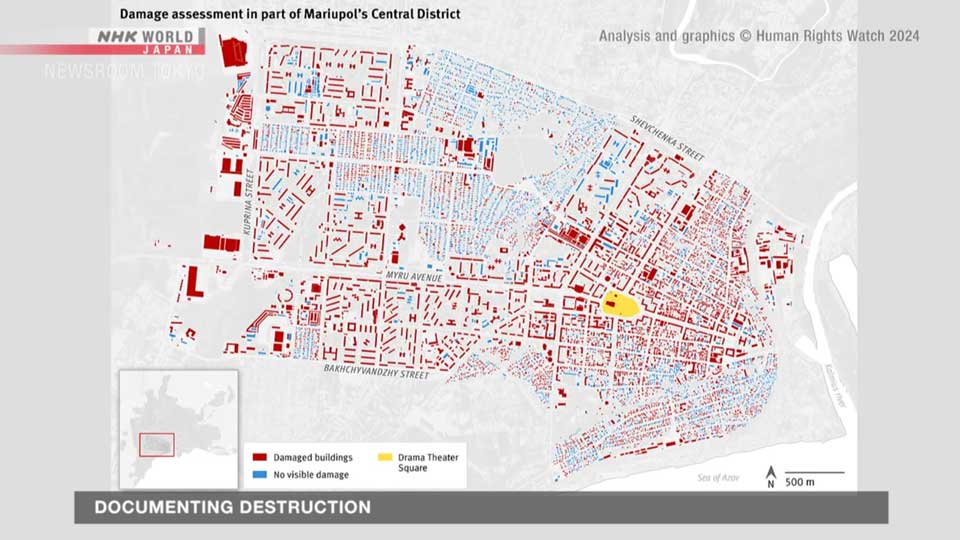
The investigation revealed that Russia's blitz damaged 93 percent of high-rise buildings in central Mariupol, and nearly all of the educational facilities and hospitals.
Dubberley's team also scoured open-source information in social media posts, obituaries and news stories about military medals of honor to piece together the Russian chain of command. The team identified 17 Russian and Russian-affiliated units and the names of 10 commanders who may be implicated in war crimes committed in Mariupol in March and April 2022.
"We're at a time in the world where the war in Ukraine is somewhat being forgotten," says Dubberley. "You know, it's continuing on a daily basis, yet we're not talking about it as much, that the city of Mariupol is a city that does not exist as it used to exist. We can build a memorial, build a memory for the people of Mariupol to document what they lost."
The report may also help to one day obtain justice for the victims, he said. "We hope then that other prosecutors can pick up this work and take it forward. I think that's one of the important things about this chain of command work we did. We've laid the foundations for others to build upon it."
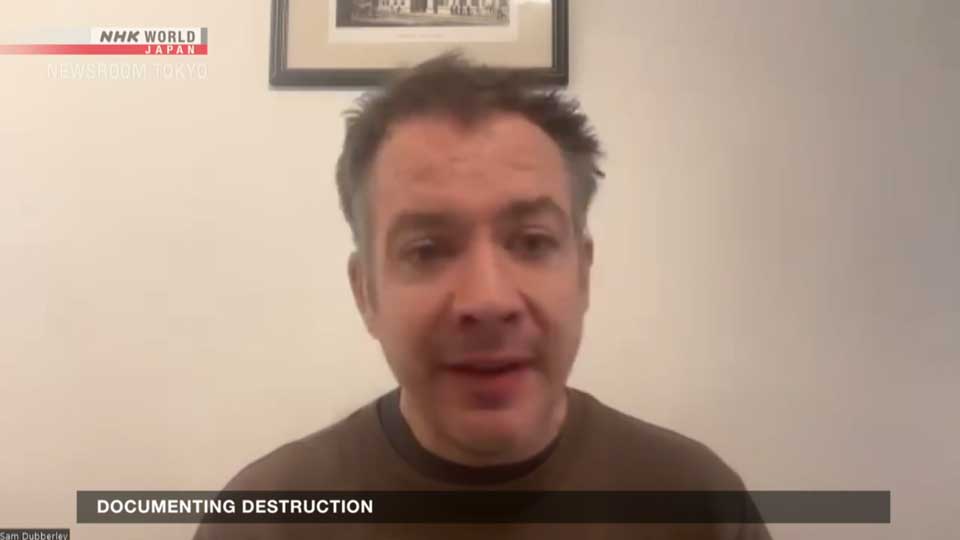
Ukraine's foreign ministry says it backs the call for justice. Human Rights Watch asked the Russian government to respond to the findings, but has not received a reply.
Psychological scars in the north
Some parts of northern Ukraine were also briefly occupied after Russian forces streamed over the border from Belarus in early 2022.
Valentyna Derkach, mayor of border village Dniprovske, says although the village itself was not occupied, it was cut off from outside help and food supplies for about a month when the Russians blocked the surrounding roads.
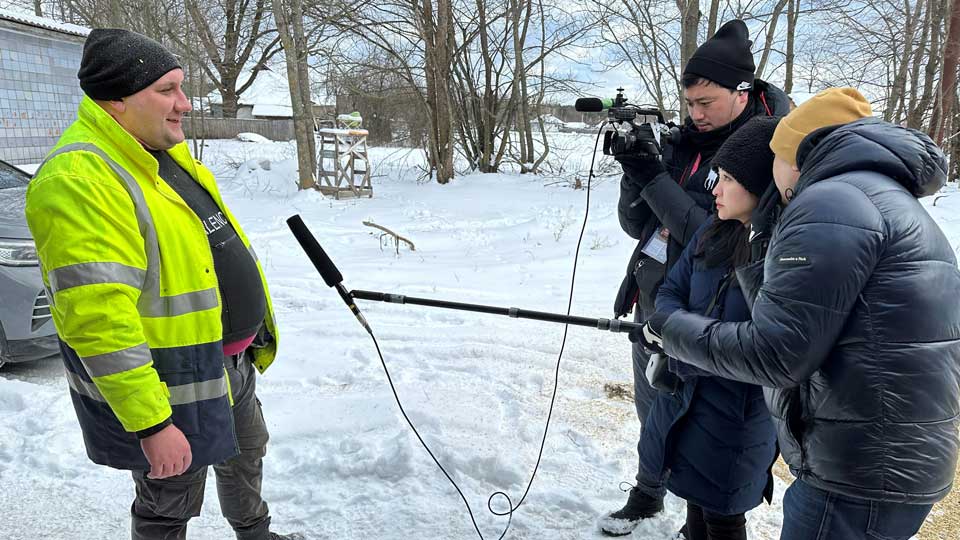
Ukraine eventually took back control of the region, and now has a heavy military presence along the border, something the villagers find reassuring.
But Derkach says psychological wounds remain: "People in the village do not show it on their faces, but in the depth of their hearts, the scars remain. Before the invasion, Ukraine, Belarus and Russia were like sisters, but now I can't image what will happen in the future."
